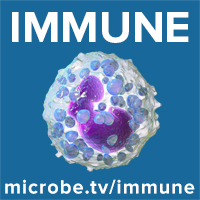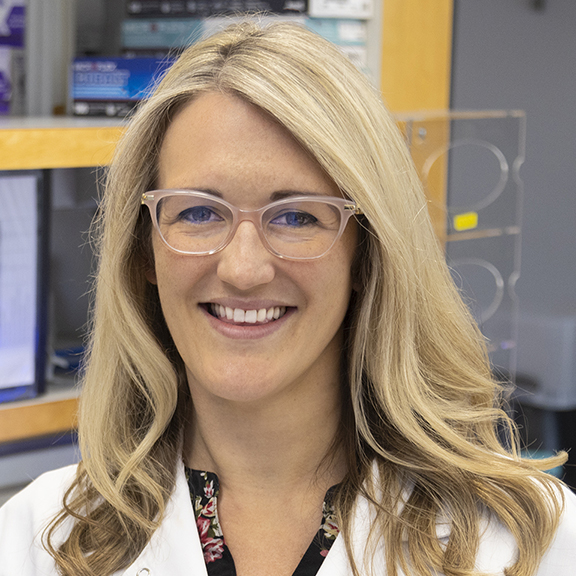The immunosomes explain that widely used inbred laboratory mice are not identical, and how to tell them apart.
Immune reveals an alternative to a protective vaccine, engineered B cells that produce antiviral antibodies.
Immune tackles the finding that patients with Type I diabetes have lymphocytes with both TCR and BCR that may drive the pathogenesis of the disease.
The Immune trio explains how activation of the inflammasome by a bacterial protein causes blood clotting through a programmed cell death process called pyroptosis.
The Immune team discusses immunization of pregnant mice to protect offspring from neonatal herpes simplex virus disease.
The immunophiles discuss T cell antigen discovery by trogocytosis – the transfer of membrane patches among cells in close contact.
The immunophiles explain how metabolic rewiring of macrophages by CpG promotes clearance of cancer cells.
The Immune team turns to chickens, which have been important in understanding the immune system, to show that infection of mature B cells is not required for the pathogenesis of Marek’s disease herpesvirus.
Stephanie takes the Immune team on a tour of neutrophils, the most abundant leukocytes in mammals, including tethers and slings, neutrophil rolling, and neutrophil nets.
The Immune team explains the science behind the 2018 Nobel Prizes awarded to Allison and Honjo: checkpoint immunotherapy.




